
The global photolithography equipment market is experiencing significant expansion, propelled by advancements in semiconductor manufacturing and the increasing demand for high-performance electronic devices. Valued at USD 15.9 billion in 2024, the market is projected to reach USD 30.4 billion by 2033, growing at a CAGR of 7.5% from 2025 to 2033. This growth is fueled by the proliferation of technologies such as 5G, artificial intelligence (AI), and the Internet of Things (IoT), which require sophisticated and miniaturized semiconductor components. Asia Pacific currently leads the market, accounting for over 65% of the global share in 2024, driven by its dominance in semiconductor production and rapid technological advancements.
Study Assumption Years
Base Year: 2024
Historical Years: 2019-2024
Forecast Years: 2025-2033
Photolithography Equipment Market Key Takeaways
Market Size & Growth: The photolithography equipment market size is expected to grow from USD 15.9 billion in 2024 to USD 30.4 billion by 2033, at a CAGR of 7.5%.
Regional Dominance: Asia Pacific holds over 65% of the market share in 2024, leading in semiconductor manufacturing and technological innovation.
Technological Drivers: Advancements in 5G, AI, and IoT technologies are significantly boosting the demand for advanced photolithography equipment.
Industry Applications: High-performance integrated circuits are increasingly used in electronics, automotive, telecom, and consumer electronics industries.
Research & Development: Substantial investments in R&D by governments and semiconductor companies are fostering innovation in photolithography processes.
Miniaturization Trend: The push towards chip miniaturization for enhanced performance and energy efficiency is a key market driver.
Emerging Technologies: The adoption of extreme ultraviolet (EUV) lithography is enabling the production of smaller and more complex semiconductor devices.
What Are the Major Growth Drivers in the Photolithography Equipment Market?
Advancements in Semiconductor Technology
The semiconductor industry’s ongoing drive toward smaller, faster, and more energy-efficient chips stands out as a primary catalyst. As manufacturers push into sub-5nm nodes, conventional lithography methods have hit their limits, spurring demand for advanced solutions like extreme ultraviolet (EUV) lithography. Market leaders such as ASML continue to set the standard, providing the cutting-edge EUV systems essential for next-generation chip production across computing, telecom, and consumer electronics sectors.
Surging Demand for Consumer Electronics
The continued surge in global demand for smartphones, tablets, wearables, and smart devices is another driving force. High-precision photolithography equipment is indispensable in fabricating the complex chips powering these devices. As technology advances and consumer appetite grows, this sector promises to sustain robust momentum for photolithography equipment suppliers.
Integration of IoT and AI Technologies
The adoption of Internet of Things (IoT) and artificial intelligence (AI) across industries, including healthcare, automotive, and manufacturing, has significantly elevated the need for sophisticated semiconductor components. Meeting the requirements of these advanced applications demands highly capable photolithography systems that can deliver compact, high-performance chips.
Market Segmentation
By Process
Ultraviolet (UV): Utilizes UV light for patterning in semiconductor manufacturing.
Deep Ultraviolet (DUV): Employs shorter wavelengths for finer resolution in chip production.
Extreme Ultraviolet (EUV): Uses extremely short wavelengths to create highly detailed patterns for advanced semiconductors.
By Application
Front-end: Involves the initial stages of semiconductor fabrication, including wafer processing.
Back-end: Covers the latter stages, such as assembly and packaging of semiconductor devices.
By Light Source
Mercury Lamp: Traditional light source used in older photolithography systems.
Fluorine Laser: Provides deep ultraviolet light for high-resolution patterning.
Excimer Laser: Emits ultraviolet light used in advanced photolithography processes.
Others: Includes emerging light sources catering to specialized lithography needs.
By Type
EUV: Advanced lithography technique for producing extremely small semiconductor features.
DUV: Widely used method for creating fine patterns in chip manufacturing.
I-Line: Utilizes a specific wavelength of UV light for photolithography.
ArF: Employs argon fluoride lasers for deep ultraviolet lithography.
ArFi: Combines argon fluoride lasers with immersion techniques for enhanced resolution.
KrF: Uses krypton fluoride lasers in photolithography processes.
By Wavelength
370 nm–270 nm: Covers traditional UV lithography wavelengths.
270 nm–170 nm: Pertains to deep ultraviolet lithography for finer patterning.
70 nm–1 nm: Encompasses extreme ultraviolet lithography for cutting-edge semiconductor fabrication.
By End User
Integrated Device Manufacturers (IDMs): Companies that design and manufacture their own semiconductor devices.
Foundries: Specialized semiconductor fabrication plants that produce chips for other companies.
Breakup by Region
North America (United States, Canada)
Asia Pacific (China, Japan, India, South Korea, Australia, Indonesia, Others)
Europe (Germany, France, United Kingdom, Italy, Spain, Russia, Others)
Latin America (Brazil, Mexico, Others)
Middle East and Africa
Which Region Is Leading the Photolithography Equipment Market?
Asia Pacific holds a commanding position in the photolithography equipment market, accounting for over 65% of global share as of 2024. This leadership is anchored by the region’s strong semiconductor manufacturing infrastructure, with China, Japan, and South Korea at the forefront. Substantial investment in research and development, coupled with strong demand for advanced electronics, positions Asia Pacific as the industry leader.
What Are the Recent Developments in the Photolithography Equipment Market?
Recent advancements include the introduction of immersion lithography systems designed to address the challenges of 3D semiconductor manufacturing. For example, Nikon Corporation launched the NSR-S636E ArF immersion scanner in December 2023, offering enhanced overlay accuracy and throughput for critical semiconductor layers. Features such as the inline Alignment Station (iAS) enable advanced wafer measurement and correction, meeting the evolving needs of complex 3D device fabrication.
Who Are the Key Players in the Photolithography Equipment Market?
ASML Holding N.V., Canon Inc., Eulitha AG, EV Group, Holmarc Opto-Mechatronics Ltd., microfab Service GmbH, Neutronix Quintel, Nikon Corporation, NuFlare Technology Inc. (Toshiba Electronic Devices & Storage Corporation), Orthogonal Inc., Osiris International GmbH and S-Cubed Inc.
Frequently Asked Questions
Q1: What is photolithography equipment used for?
Photolithography equipment is used in semiconductor manufacturing to transfer intricate circuit patterns onto silicon wafers, enabling the production of integrated circuits and microchips.
Q2: How does EUV lithography differ from traditional methods?
Extreme Ultraviolet (EUV) lithography uses shorter wavelengths of light compared to traditional methods, allowing for the creation of smaller and more complex semiconductor features, essential for advanced electronic devices.
If you require any specific information that is not currently covered within the scope of the report, we will provide the same as a part of the customization.
About Us:
IMARC Group is a global management consulting firm that helps the world’s most changemakers to create a lasting impact. The company provides a comprehensive suite of market entry and expansion services. IMARC offerings include thorough market assessment, considerations studies, company incorporation assistance, factory setup support, regulatory approvals and licensing navigation, branding, marketing and sales strategies, competitive landscape and benchmarking analyzes, pricing and cost research, and procurement research


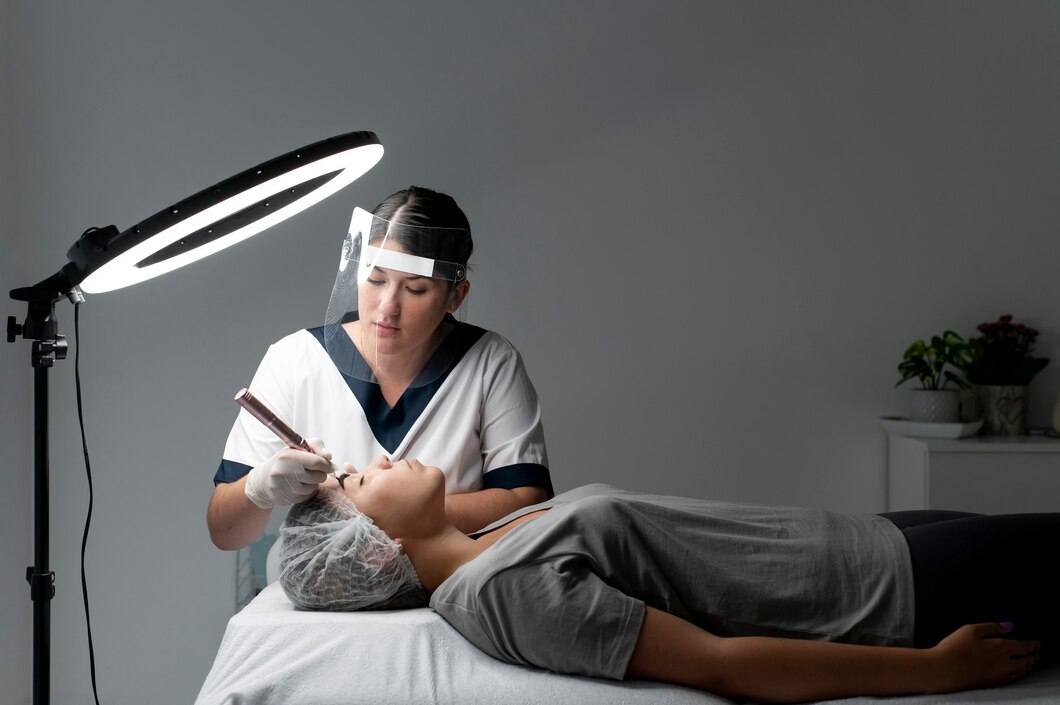

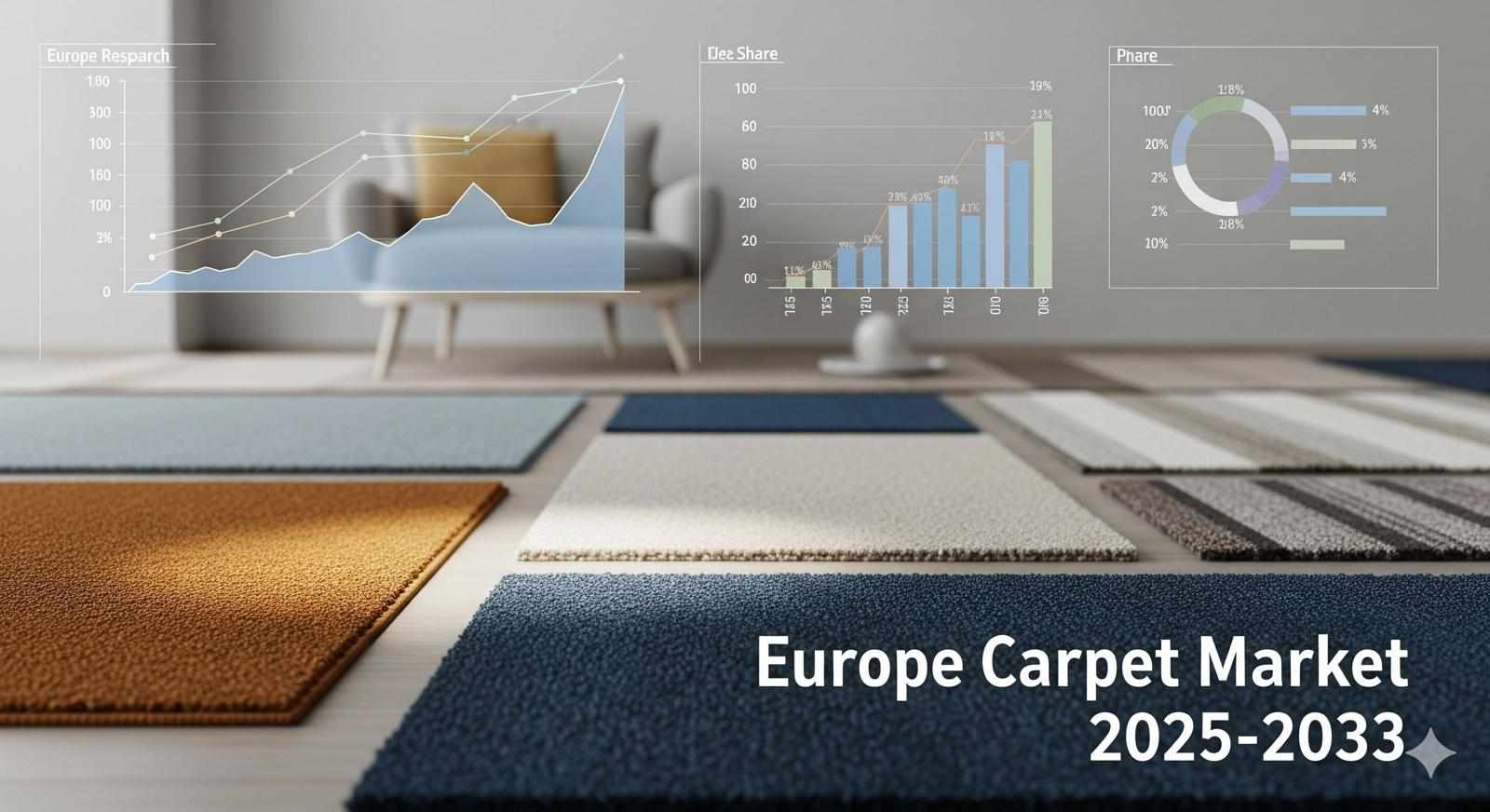


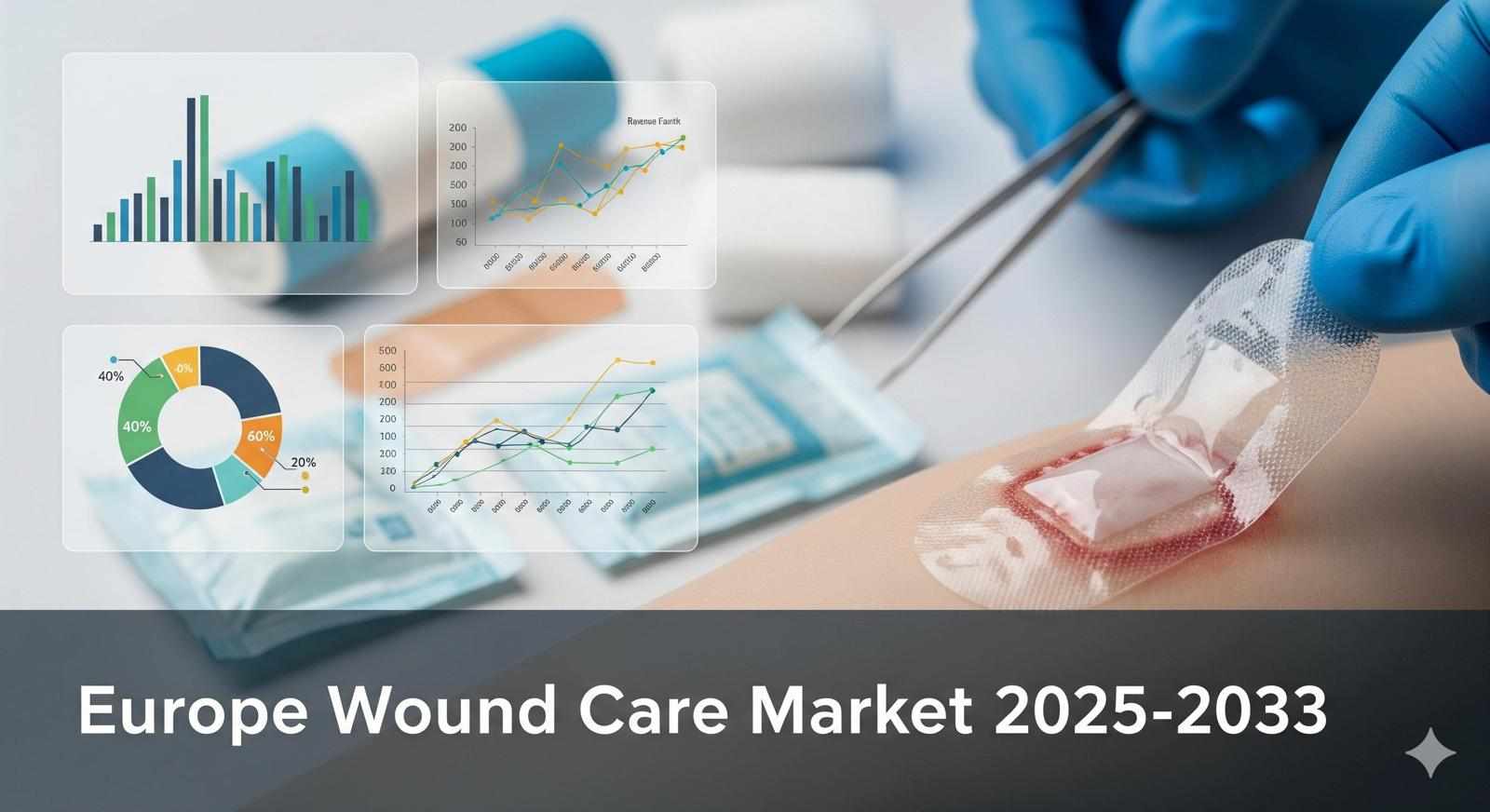

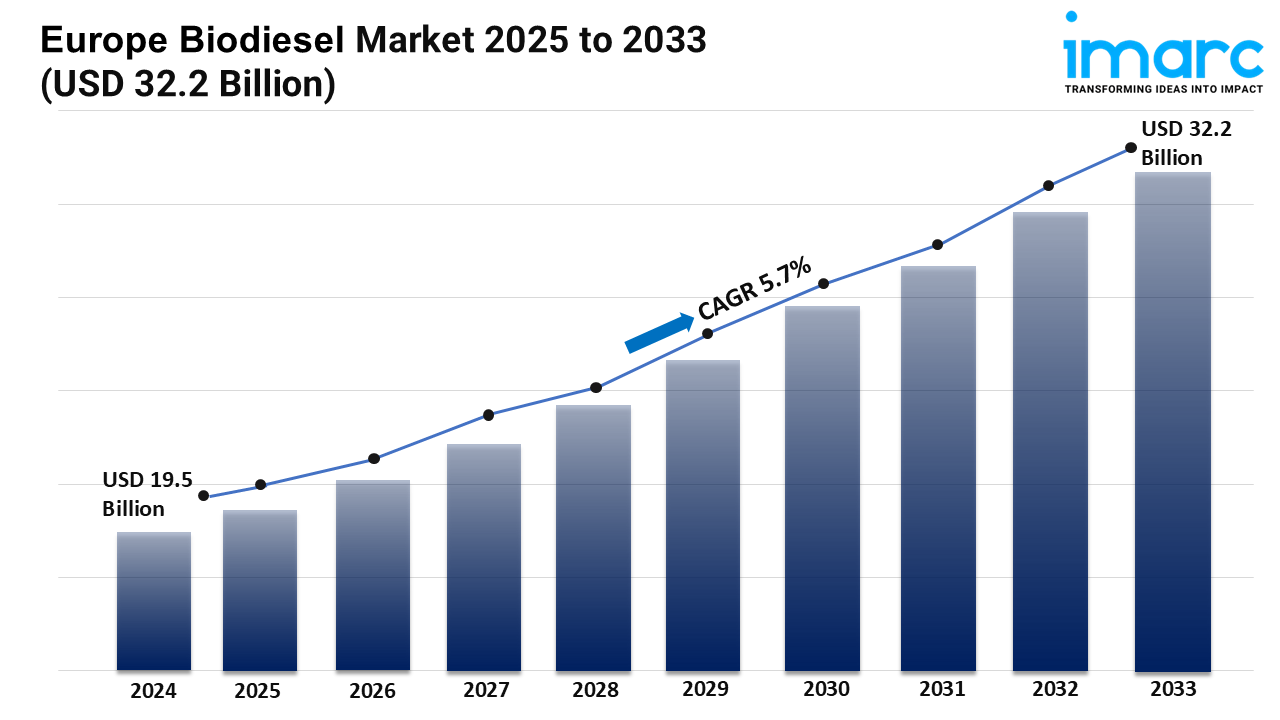
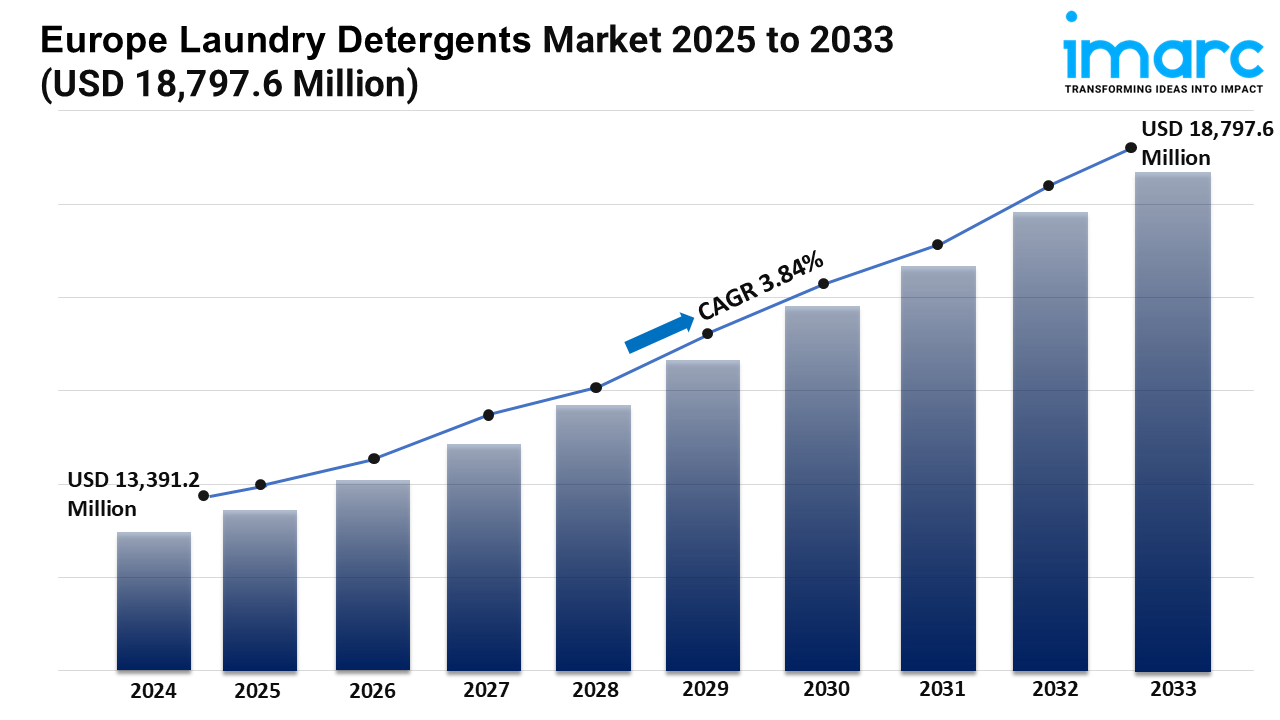
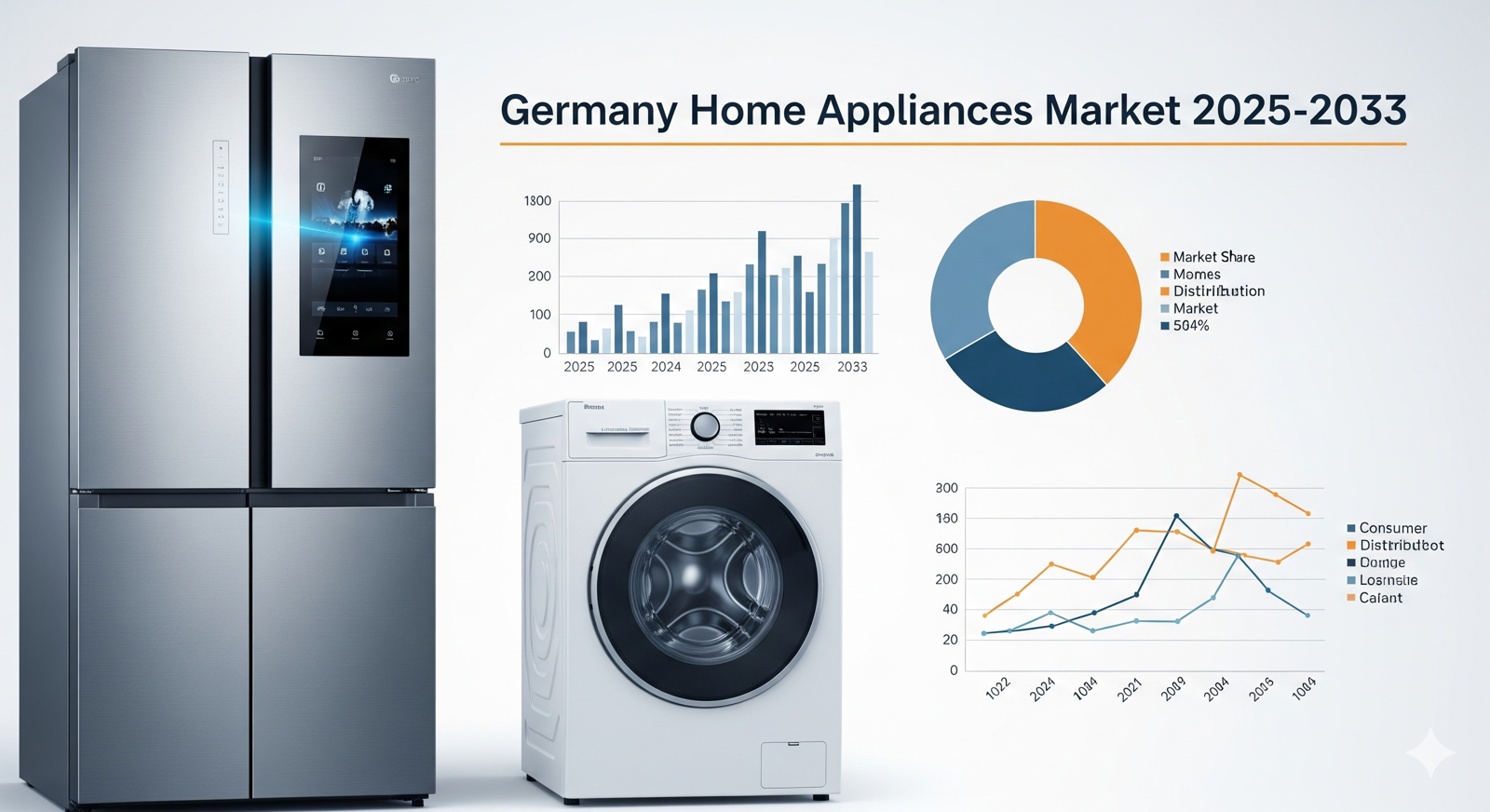
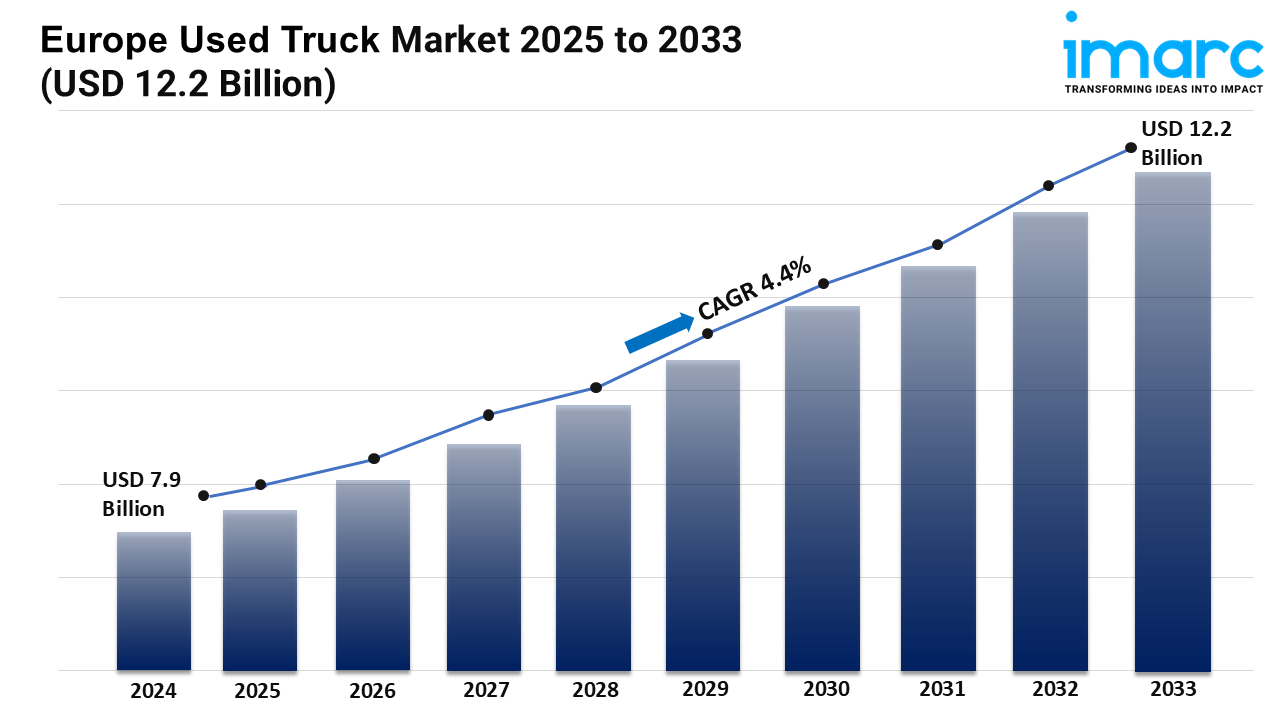
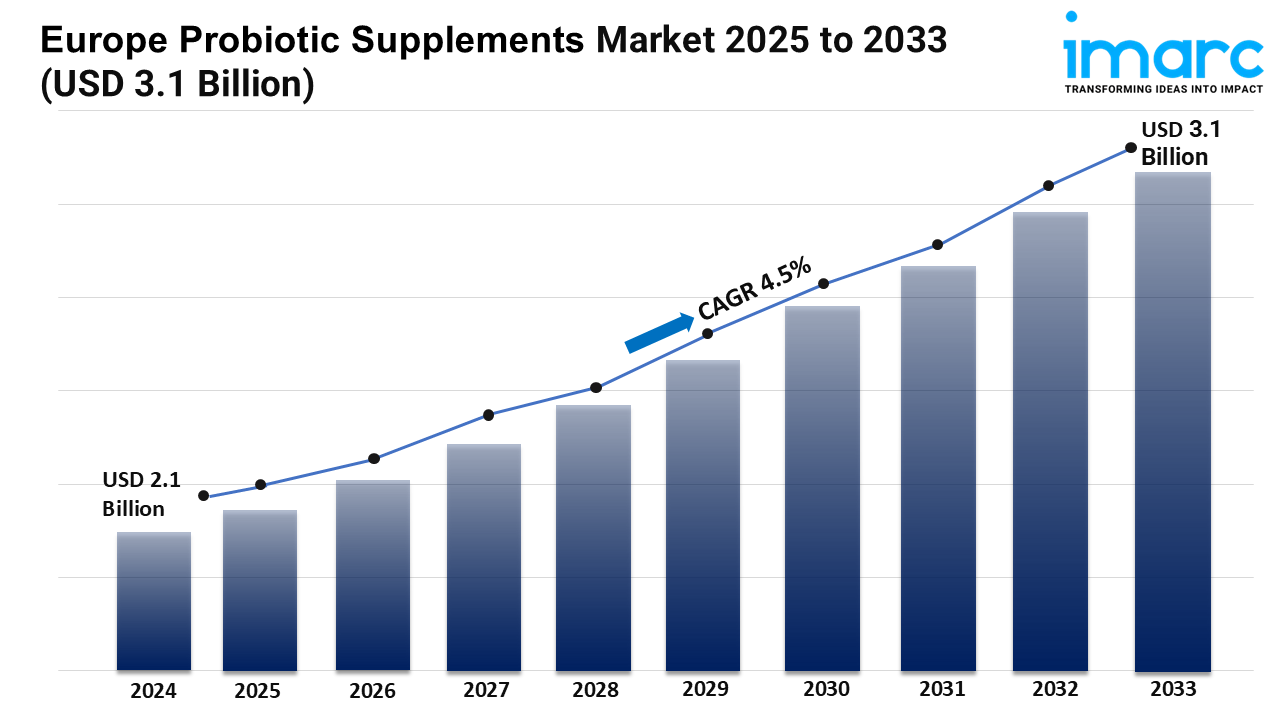
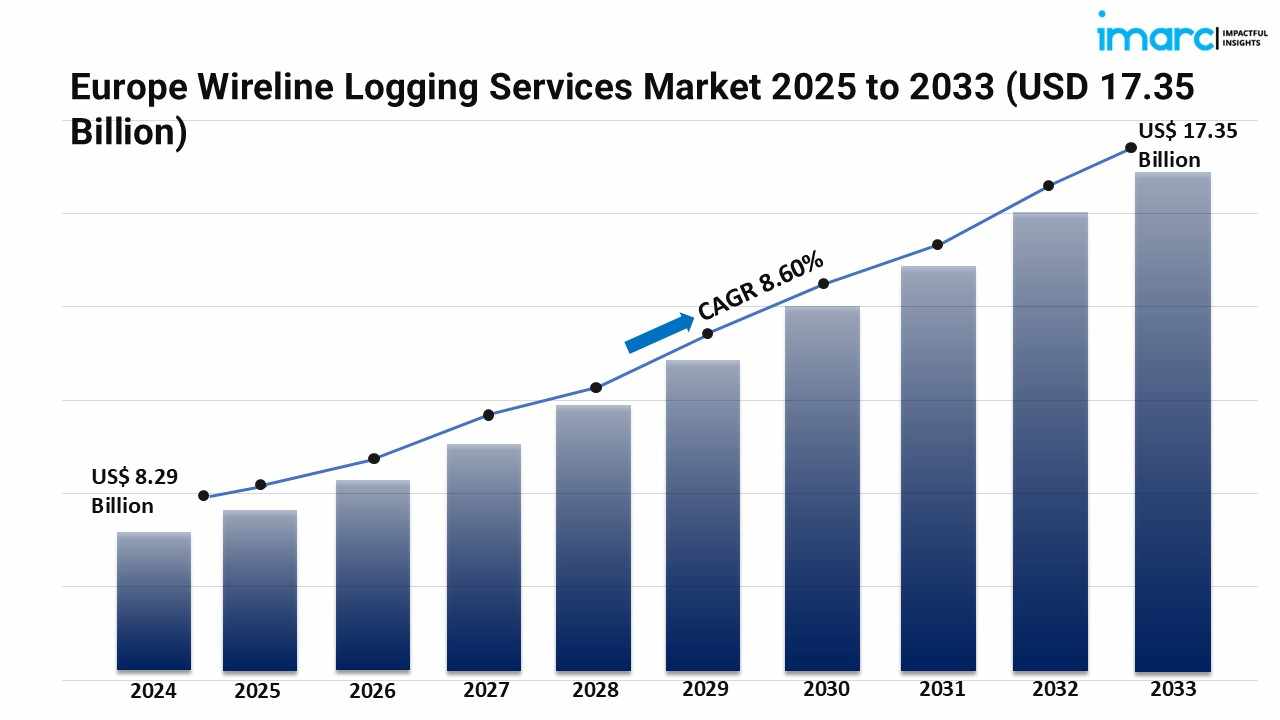
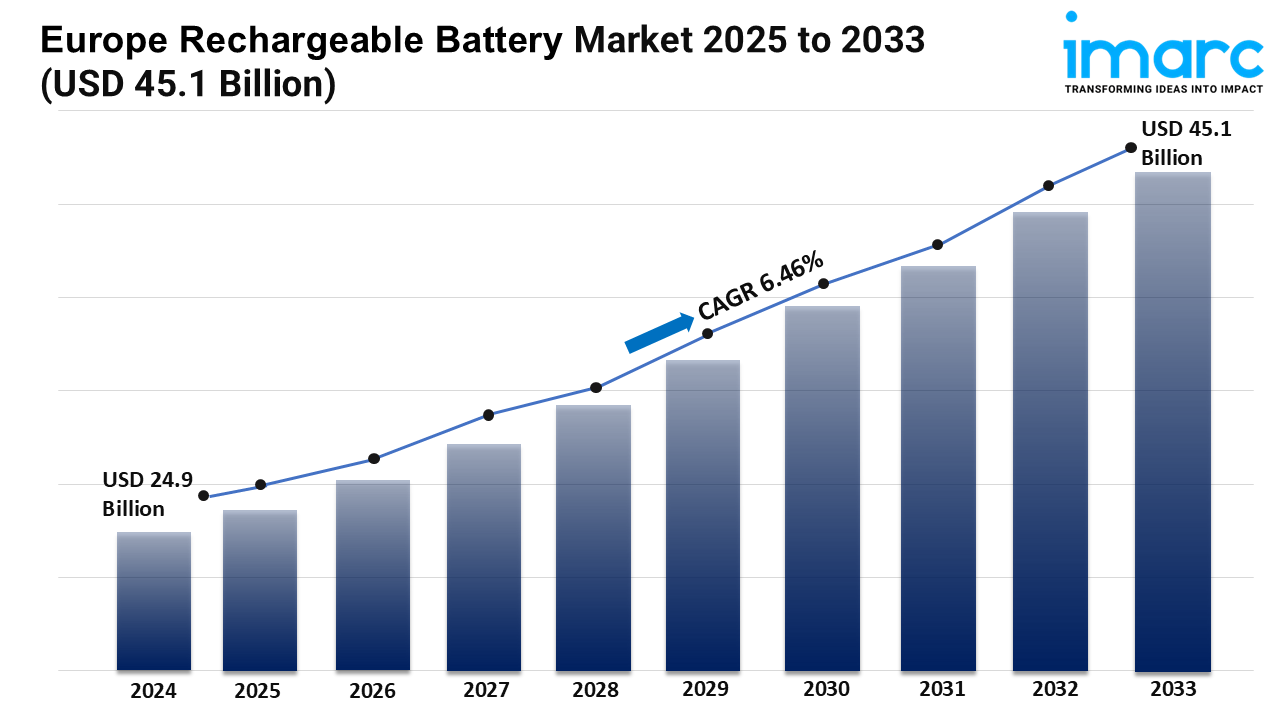
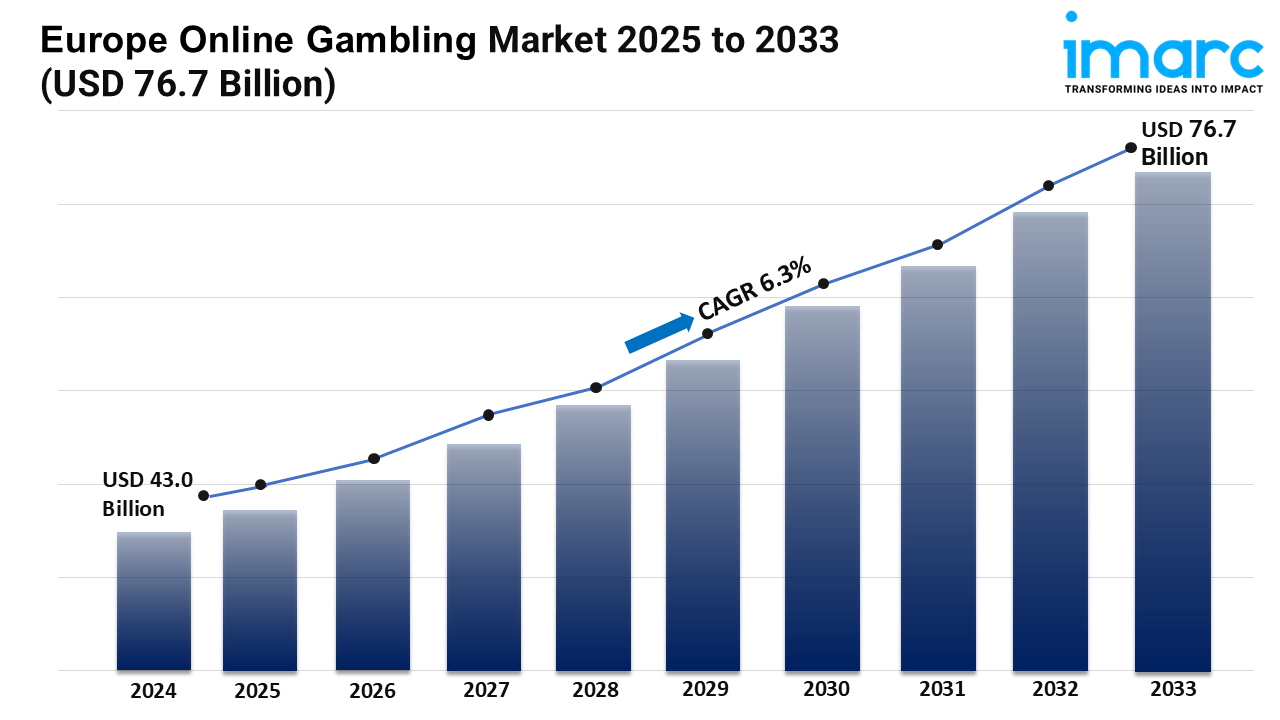



Write a comment ...